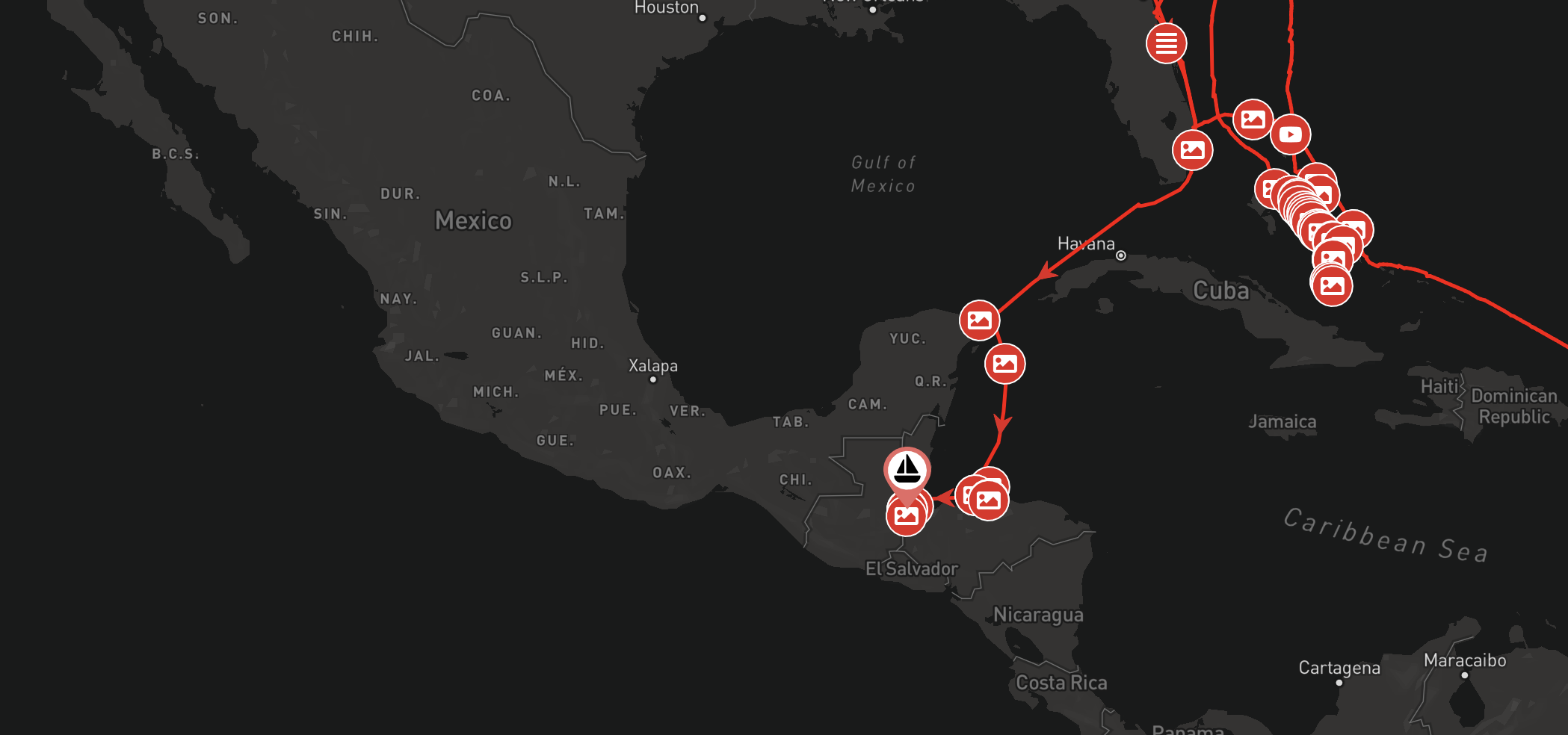Editorial note: this article first appeared in the author’s personal blog in February 2019. The text has been revised and updated in 2023.
The penultimate leg of our Atlantic crossing was to the Cape Verde islands.
Boats stop here for different reasons. Some will just stop for a few days in Mindelo to break the crossing and to refresh provisions. Others, including ourselves, want to move at a slower pace and find out what these islands have to offer.
Like many other boats we met along the way, we’d heard mixed reviews about Cape Verde and had been warned about personal security. Given our uncertainty, we decided that we would leave and proceed with our crossing if we felt unwelcome in any way. As it turned out, there was no need to do this and we found that on every island we visited, the locals were friendly.
Our first port of call (well anchorage really) was in Palmeira on Sal. It was a great introduction to Cape Verde: like most places we visited, it’s still a real working fishing town, and has not been subjected to mass tourism in the way that some of the other places have. Going ashore, we were met by local kids offering to help us to climb the quay, and asking if they could ‘guard’ our dinghy for us. In truth, there’s no need for security here but the kids were friendly and they were delighted to get a few cents from us before running back to their game of table football.
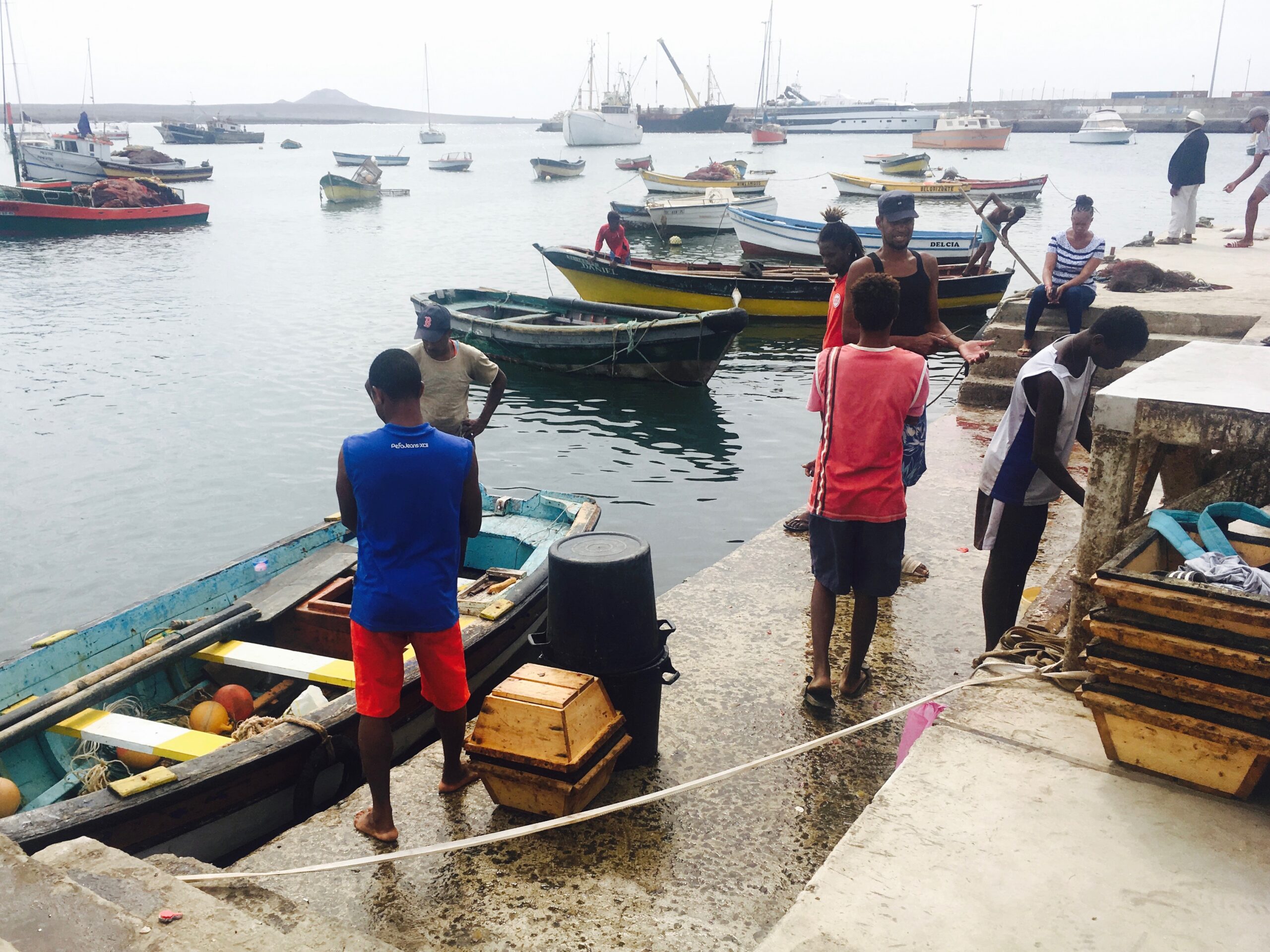
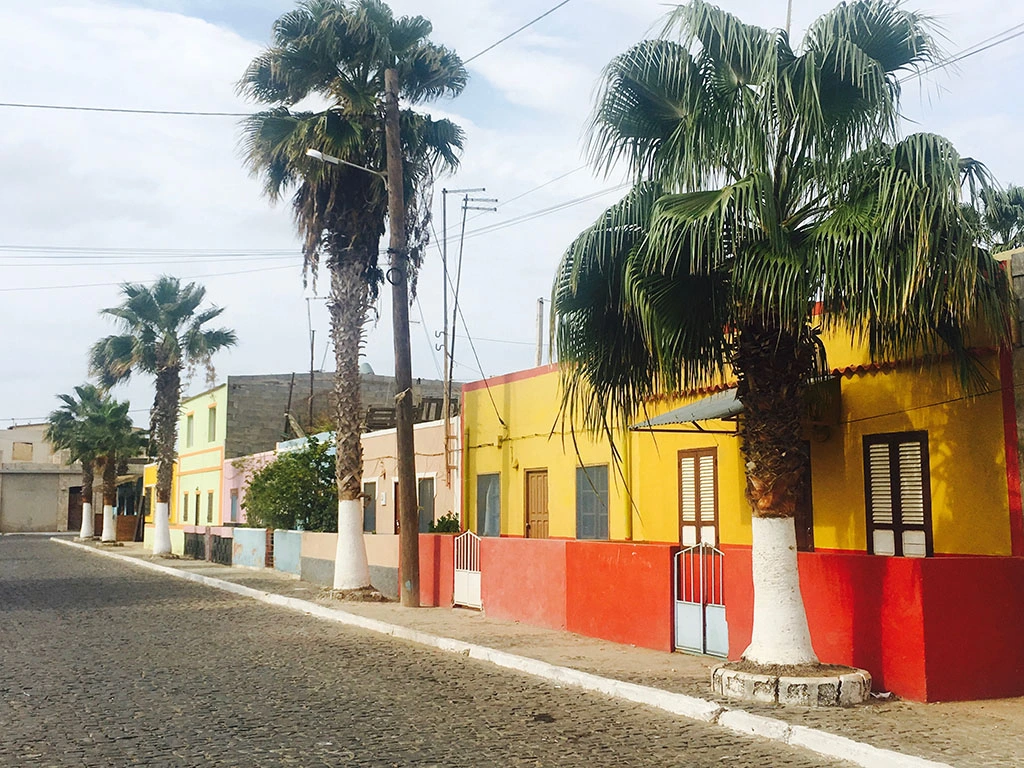
After spending a couple of weeks in Palmeira (yes we really like it there) we sailed south and stopped for a few days in the anchorage at Sal Rei on Boa Vista. The beautiful beaches here have proved to be a magnet for tourism, and the steady trade winds at this time of year entice windsurfers and kitesurfers from all over Europe. We had planned to spend New Years Eve here but a big swell worked its way into the anchorage and we decided it was time to leave.
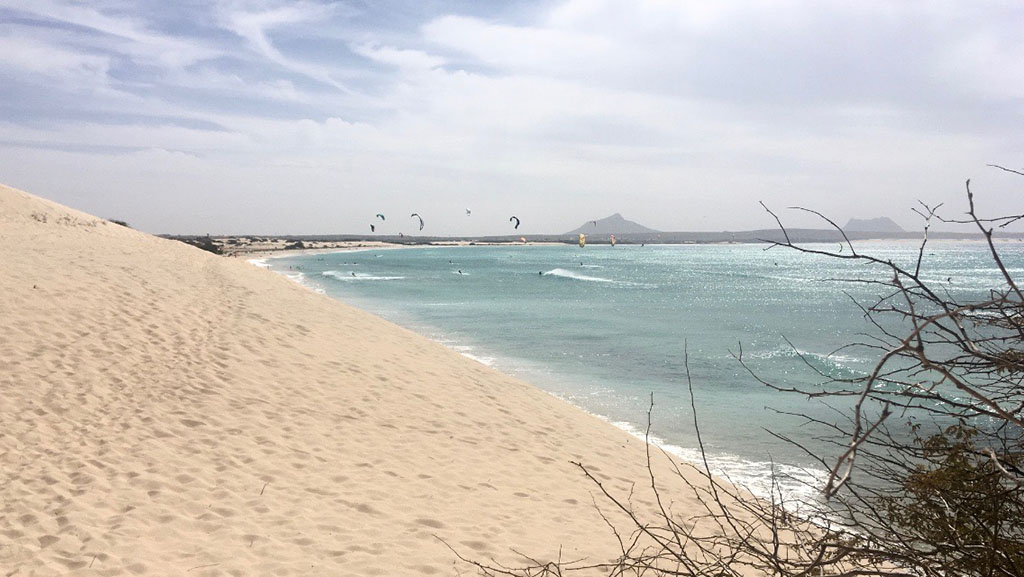
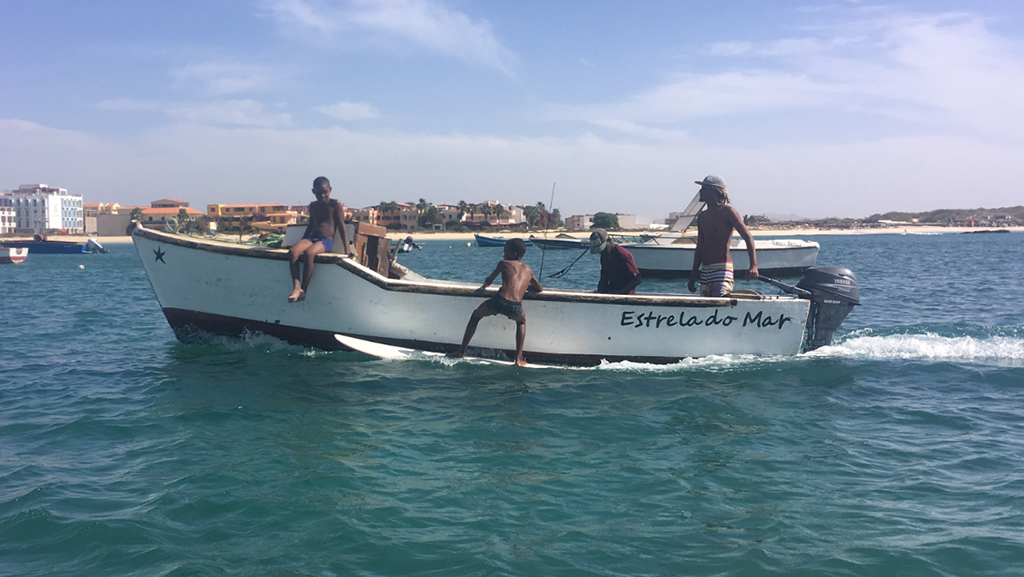
We sailed overnight from Boa Vista to Sao Nicolau, where we anchored off the black volcanic beaches of Tarrafal. There’s not much to see here apart from the fish market, but a trip inland is a must. Like all the Atlantic’s volcanic islands, Sao Nicolau offers some stunning vistas. We took the a local minibus from Tarrafal to Rebeira Brava. The journey took about an hour, and we spent a couple of hours exploring the small town before heading back home.
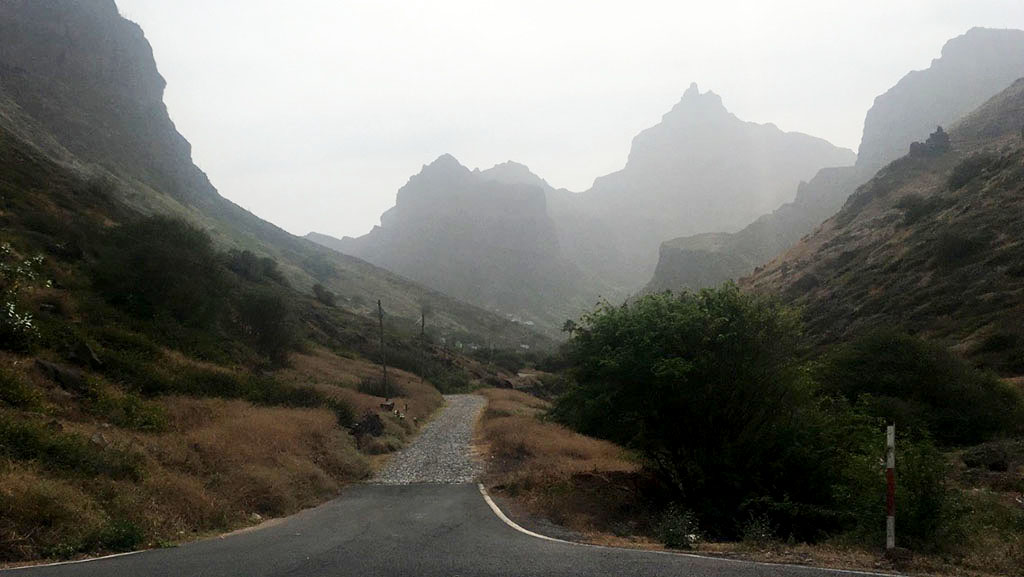
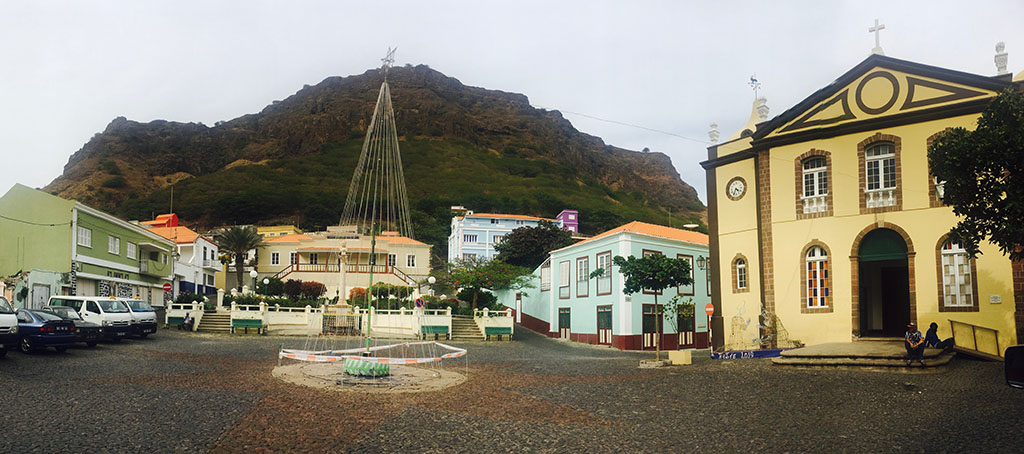
Finally we sailed to Mindelo. Mindelo offers the only marina in all of Cape Verde. Although the chandlery is expensive and only stocks very limited range of items, the marina do their best to provide a good service. The floating bar is very popular, but we felt that better food could be found in town for a fraction of the price. As we found elsewhere in Cape Verde, the local markets offer the best and freshest food. The value in the markets is only surpassed by the street vendors outside. For example, just in front of the fish market, we bought two very fresh fish for just one euro. They were so big they fed us dinner and lunch for two days! Our tip would be to avoid the supermarkets and go in search of what the locals buy.
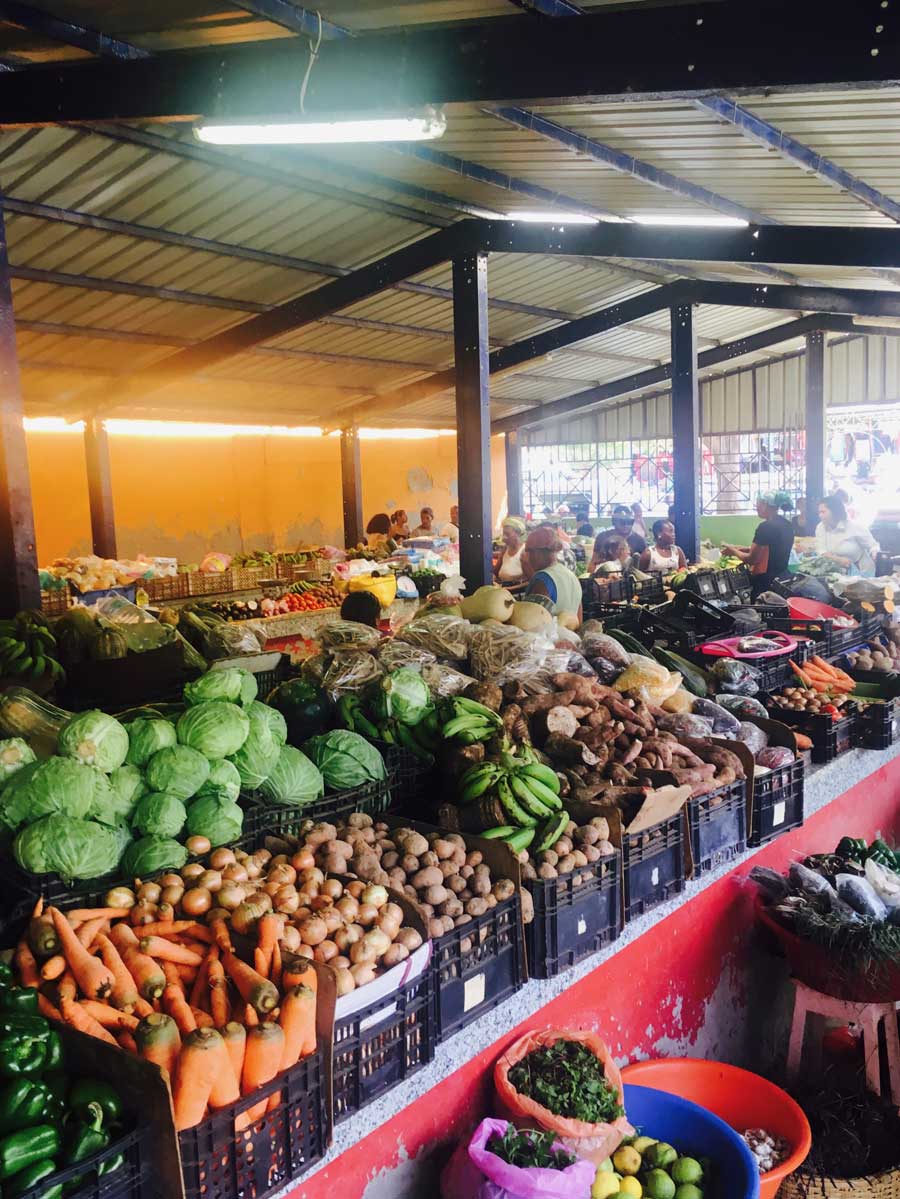
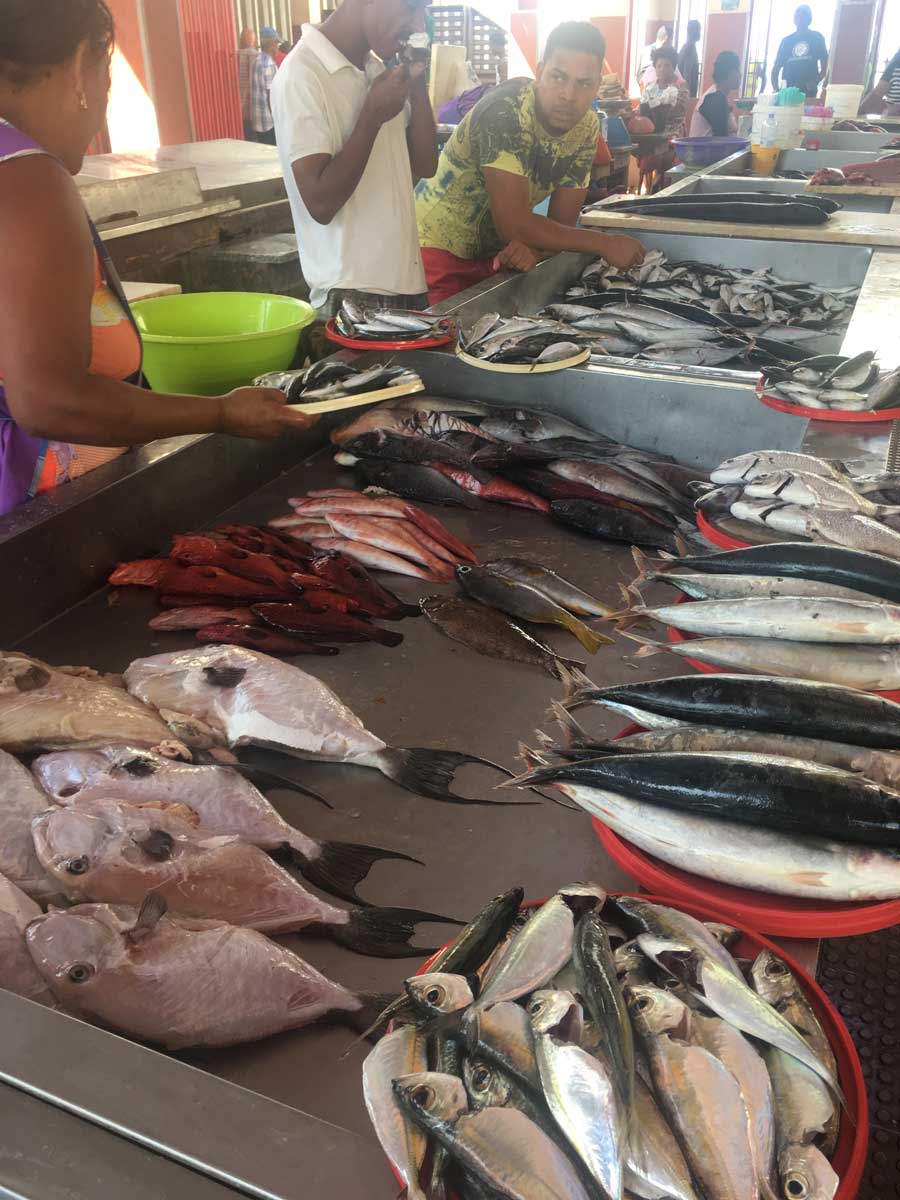
Cape Verde is a country that divides opinions. Yes, there’s poverty in places, and yes your boat will be covered in red dust by the time you leave, but the upsides outweigh this. We found the people to be friendly, the food excellent, and the scenery amazing. Our travel philosophy is to experience as many places as we can, and we’re really glad we decided to stop in the Cape Verde islands. If like us, you’re interested in connecting with locals and seeing another side of life, then I’m confident you’ll enjoy it too.






